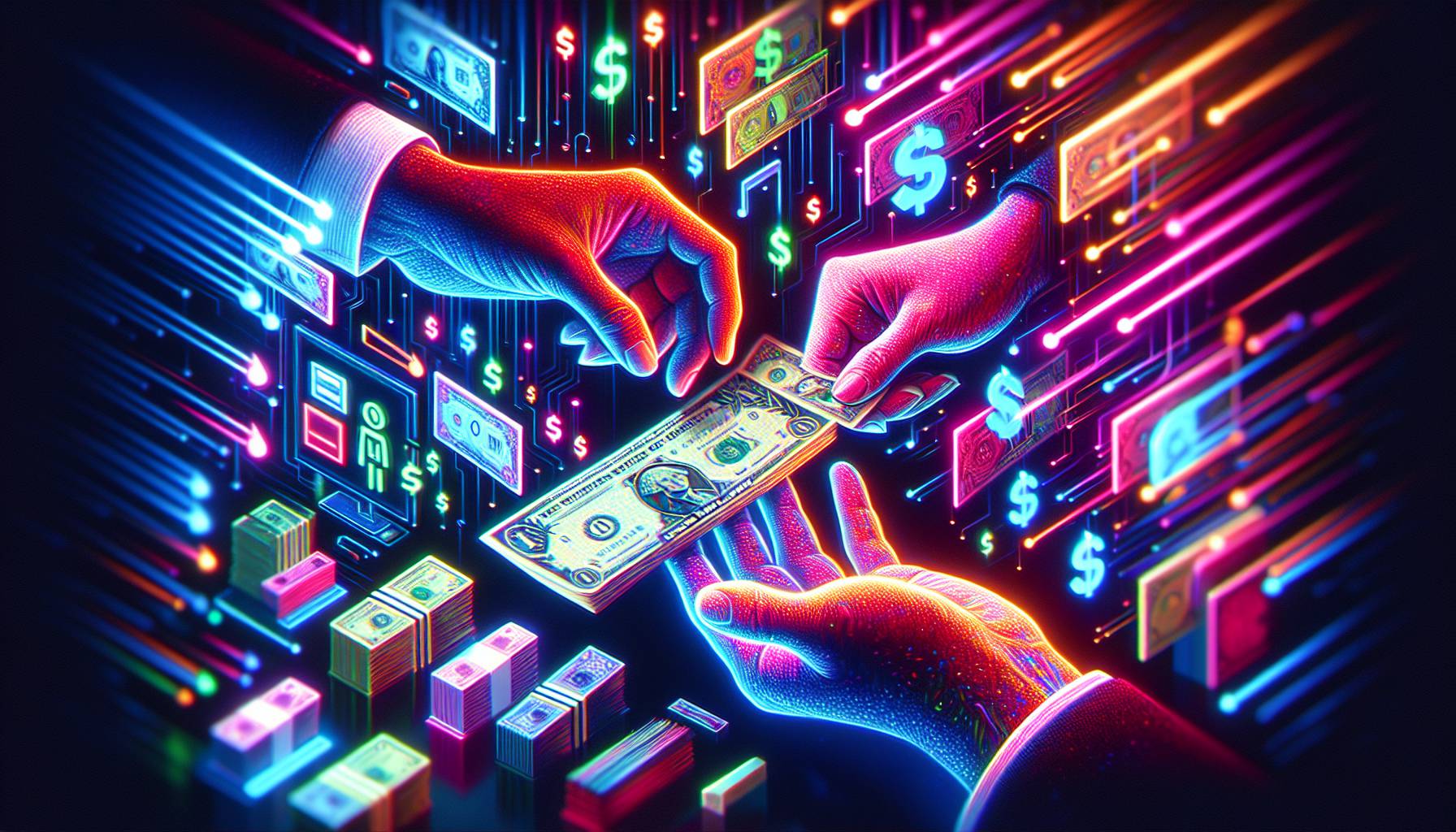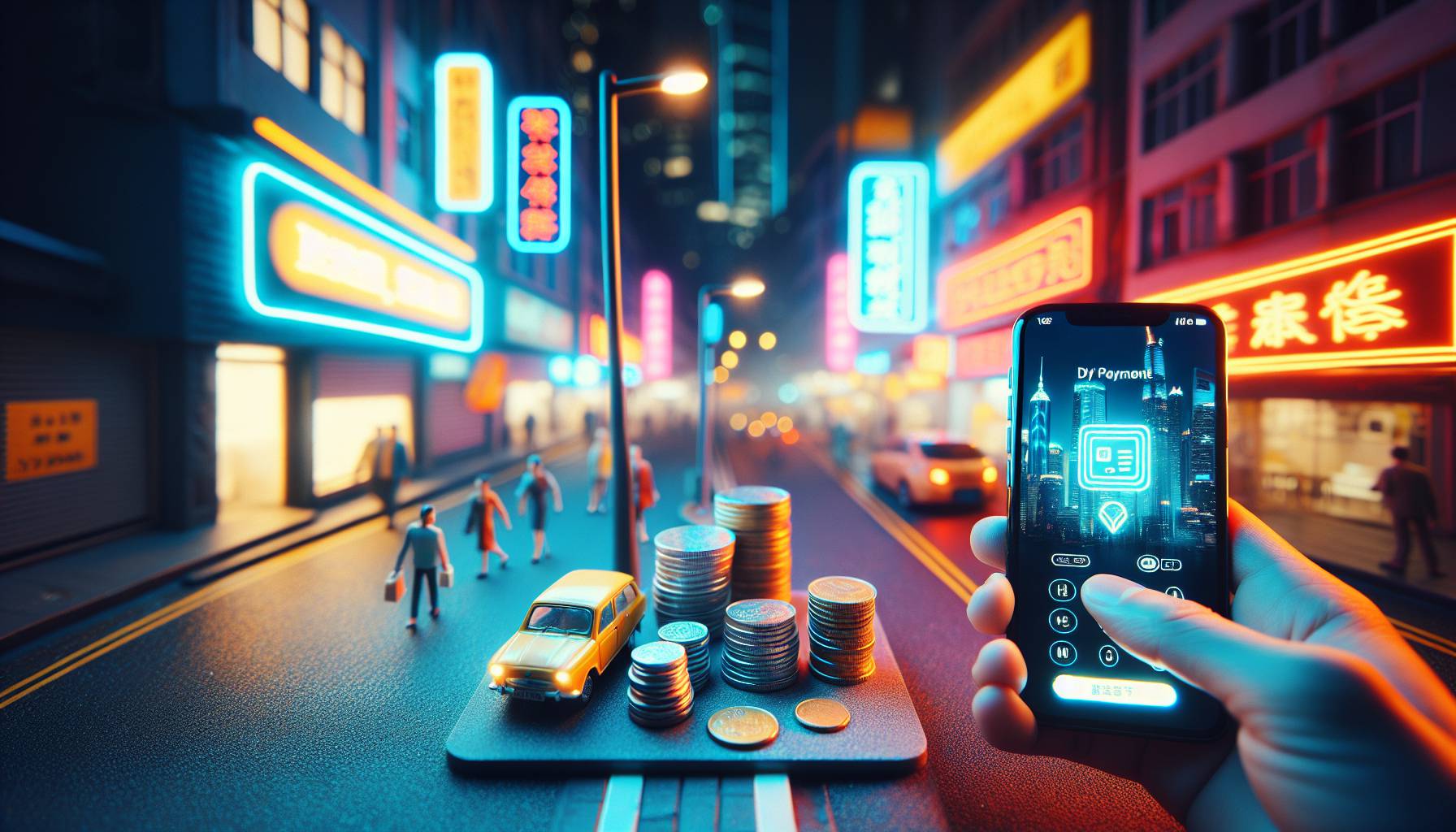Understanding Customer Preferences in Payment Methods

Curiosity’s a funny thing, isn’t it. Unless you ask the right questions at the right time, you can never really get answers that are useful. The same applies to understanding what customers really want - even when it comes to something as transactional as payment methods. More or less.
But I think there’s more to it than merely wanting people to pay up quickly and conveniently. We’re living in a time where most transactions aren’t even cash-based anymore - especially after the last couple of years when touchless and digital took precedence over all things physical and material. So, naturally, customers have come to expect plenty from their businesses of choice.
And if they don’t get exactly what they want, they could easily just shop elsewhere (let’s face it - we’ve all done that). And even if you’d like to think that your business does cater to all sorts of customer preferences and is inclusive in every sense of the word, when did you last check for sure. Because much has changed in the way we look at traditional forms of payments - be it cash or card or cheques.
It seems increasingly apparent that preferences will continue changing in the near future too. What this means for businesses is clear enough then: unless you’re actively getting feedback from your customers or speaking to them personally about how they would like to pay for your products or services, chances are you might not be able to satisfy their requests. Not consistently anyway. And consistency’s a dealbreaker by itself (no pun intended).
The Rise of Digital Wallets and Contactless Payments

Have you noticed your friends tapping away at checkout, swapping cash for a flash of their phone. It seems like the future is looking more digital every day, and people appear to be getting onboard with contactless payments. You’d be forgiven for wondering if hard cash has gone out of style. Looks Like It’s difficult to ignore the popularity of contactless or cashless payment apps.
In fact, it seems like they’ve been taking over since the pandemic hit. They’re fast, easy and convenient. That - and the fact that with digital wallets like Google Pay or Apple Pay, people don’t have to remember their cards or fill in login info each time - means there’s a lot to love about them.
Digital wallets quite literally put the control back in people’s hands (well, on their phones) so that they can track what they’re spending and see where it goes. And it isn’t just customers who are benefiting from cashless payment methods. It appears that businesses are too. From enhanced security to quicker checkouts and fewer frustrating errors at till points - there are quite a few reasons why businesses are keen on using them as well.
There is something deeply satisfying about simply waving your phone at a card reader and seeing that green light go on. And this could be why many stores have started ditching coins and notes altogether. With such a diverse range of payment options available, digital wallets and contactless payment apps certainly seem like favourites around here - for now anyway.
Exploring Buy Now, Pay Later Options

Why do we buy things we can't really afford. The way I see it, the answer is probably the same reason we have gym memberships we don't use, for things we don't need, to impress people who aren't interested. It’s the modern retail conundrum.
But I get it, and so do many of our customers. Sort of. We're a culture that likes to have everything yesterday.
Buy Now, Pay Later (BNPL) offers that instant gratification by allowing customers to own something straight away, while still making payments over time - interest-free. Many online stores offer BNPL options as a payment method at checkout and give customers the choice to pay via their preferred BNPL provider. And so the cycle of wanting more than you can afford and knowing you’ll pay for it later continues.
Customers who choose BNPL methods are often shopping with retailers offering Afterpay, Klarna, Zip Pay, Sezzle or Laybuy. These companies offer customers up to 6 weeks to make 4 equal payments - at no extra cost. This has worked wonders for retailers and BNPL providers alike. Over 16 million people worldwide use Afterpay alone.
Customers have a lot of control over their spending because BNPL services do not allow further purchases until outstanding payments are paid in full. This helps prevent overspending and supports responsible lending. Seems like a win-win to me.
The Importance of Cryptocurrency Acceptance

Are you interested in the idea of digital assets but a bit wary about what it all means. Most people are, I think, which is why so many business owners struggle with the idea of integrating cryptocurrency payments even when they know it would probably increase sales and revenue. But if you're hoping to reach a specific kind of modern consumer, it may be time to start considering the possibility.
Cryptocurrency may have started out as a pure digital asset but today, it's so much more than that. It creates all sorts of business opportunities simply because of how widely it has been adopted. With so many people investing in these coins, they're starting to want to use them in transactions - not just stash them away for a rainy day or a long-awaited bull run.
These digital assets have become more than a passing trend - they've even upstaged some fiat currencies simply because they're decentralised and aren't directly linked to any governments or even specific banks (even in their native countries). Because of this, exchanges are quick and easy and there are fewer fees associated with these trades. They are also much more accessible than traditional markets - all you need is an internet connection. Adding crypto payments could draw a whole new range of customers who now want to spend their digitally acquired wealth and business owners could access untapped markets.
It would also give businesses the ability to transact across borders without having to factor in some of those extra cross-currency commissions or conversions that are currently the norm in international trade.
Traditional vs. Alternative Payment Methods

I Think cash or card. That’s a question, isn’t it. It seems like most people might think that the ultimate battle is between cash and cards, but with the ever-growing options available today, customers are expecting more and more ways to pay for their purchases.
For the most part, traditional payment methods like cash and credit or debit cards remain the top choice for many. With good reason too – they’re safe, well-known and widely accepted. They’re also quite secure and convenient.
But as e-commerce continues to rise and new payment options emerge, different alternatives have come up in the past few years as well. E-wallets and Buy Now Pay Later (BNPL) options are becoming increasingly popular among customers, especially younger ones who are more tech-savvy. Alternative payment methods are sort of typically safer for consumers since they don’t require people to carry around large amounts of cash or share their banking details with every single store they shop at.
They also allow customers to shop from all around the world without any geographical restrictions which can apparently be quite helpful. The way I see it, although traditional and alternative payment methods come with different pros and cons, the best thing you can do for your brand is seldom to provide a number of different options to your customers so that it appeals to as many of them as possible. Being receptive to new forms of payment can be difficult for some but it helps reduce resistance from potential shoppers and increases your brand’s reach.
Enhancing Security in Diverse Payment Systems

Ever wondered how exactly modern payment systems keep your data from spilling out all over the internet. You’re not alone. It seems like everyone’s been on the receiving end of an “unusual activity” email (and I don’t mean from a mate on a big night out).
This is especially so with such diverse payment systems available these days. There’s always a new way to pay and with that comes questions about security. It seems like the thought of fraud, phishing, hacking and stolen credentials is absolutely terrifying, so it’s little wonder that major institutions are constantly ramping up their security practices. Encryption is a bit of a no-brainer, but it’s fairly nuanced now.
Most payment processors require SSL certificates (which aren’t cheap) just to exist now. Most are also encrypting sensitive data at several points along the transaction journey - and probably make sure its encrypted at rest and in-transit too.
The payment gateways or terminals you tap every other day use a protocol called Payment Card Industry Data Security Standard (PCI DSS) which uses several layers of encryption to verify things like cardholder name, card number, expiry date and so on. Then comes the authentication step. If you’re using a digital wallet, you’ve probably been required to activate some sort of two-factor authentication (like entering a code sent via text message or email). Some companies take it further by using biometric authentication like fingerprints or facial recognition - which isn’t always feasible in every country if certain forms of identification aren’t as common (but that’s another story for another time).
No system is infallible - especially if malicious actors are involved - but experts seem to think that companies are doing enough for consumers to feel generally safe transacting online. But the onus of safety doesn’t only lie with payment system providers and companies. You need to do your bit too by keeping software up-to-date, regularly monitoring your accounts for suspicious activity, creating strong passwords (not 1234 or admin please) and keeping an eye out for phishing attempts.
That helps keep everything running smoothly and makes sure nobody falls prey to ill-intentioned actors. So when you see more steps being added to your checkout process in the future, try not to get too mad.


